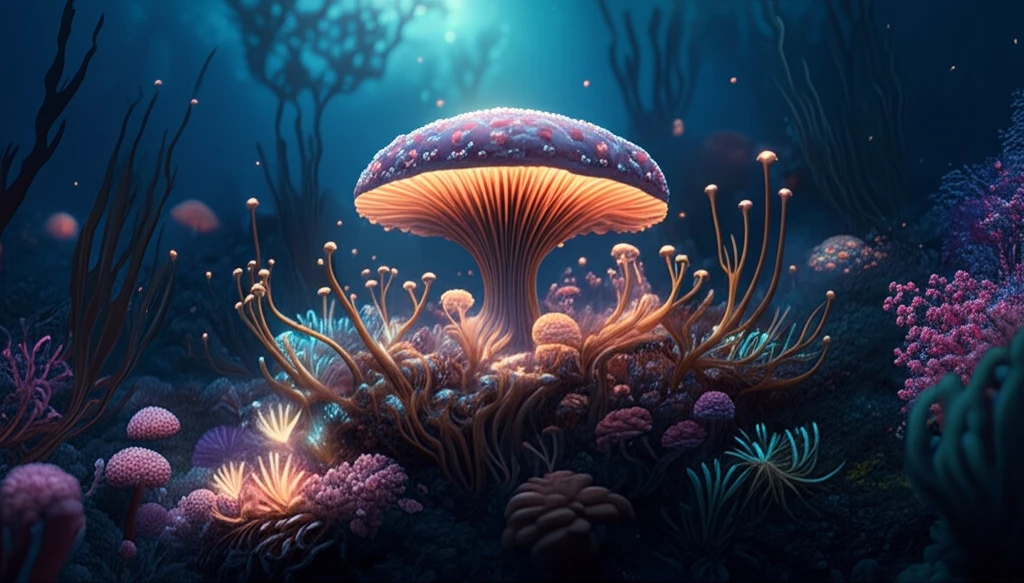
Ocean's Hidden Gems: Unlocking the Power of Marine Fungi for Health
"Dive into the world of marine fungi and discover the potent bioactive metabolites that could revolutionize medicine and wellness."
For decades, the allure of marine natural products has captivated biologists and chemists worldwide. From the vast oceans, approximately 16,000 marine natural products have been isolated, documented across roughly 6,800 publications. These findings highlight marine microorganisms as invaluable sources for novel antibiotics, anti-tumor agents, and anti-inflammatory compounds.
Marine fungi, especially those associated with algae, sponges, invertebrates, and sediments, stand out as rich sources of secondary metabolites. These metabolites exhibit a range of activities, including antibiotic, antiviral, antifungal, and anti-yeast properties. Furthermore, some compounds show promise in wound healing, cancer treatment, and growth stimulation.
Recent research into marine filamentous fungi has focused on identifying biologically active secondary metabolites, revealing their significant potential as sources for new medicines. This review explores key bioactive metabolites derived from marine fungal strains, emphasizing their antibacterial, anti-tumor, and anti-inflammatory actions. It also highlights the chemistry and biological activity of major bioactive alkaloids, polyketides, terpenoids, isoprenoid and non-isoprenoid compounds, and quinones isolated from marine fungi.
The Bioactive Potential of Marine Fungi

Oceans provide a stable environment for diverse biological activities. Marine sources have yielded numerous biological compounds with varying degrees of action, including anti-tumor, anti-cancer, anti-proliferative, cytotoxic, and antibiotic properties. The marine environment remains largely unexplored, offering opportunities for isolating novel microbes such as bacteria, fungi, actinomycetes, cyanobacteria, and diatoms, all of which are potent producers of bioactive secondary metabolites.
- Temperature
- Nutrient availability
- Competition
- Salinity
The Future of Marine-Derived Pharmaceuticals
Marine environments offer an invaluable source of new natural products with significant potential for drug discovery and development. Natural products from marine-derived fungi are expected to inspire medicinal chemists to develop better antitumor agents. Simplification and computer-aided design may enhance this process. Further research on the bioactivity of marine natural products should be emphasized to discover new compounds. The unique structures and metabolic pathways of these compounds are of great interest to the drug development community, offering exciting possibilities for new treatments.
